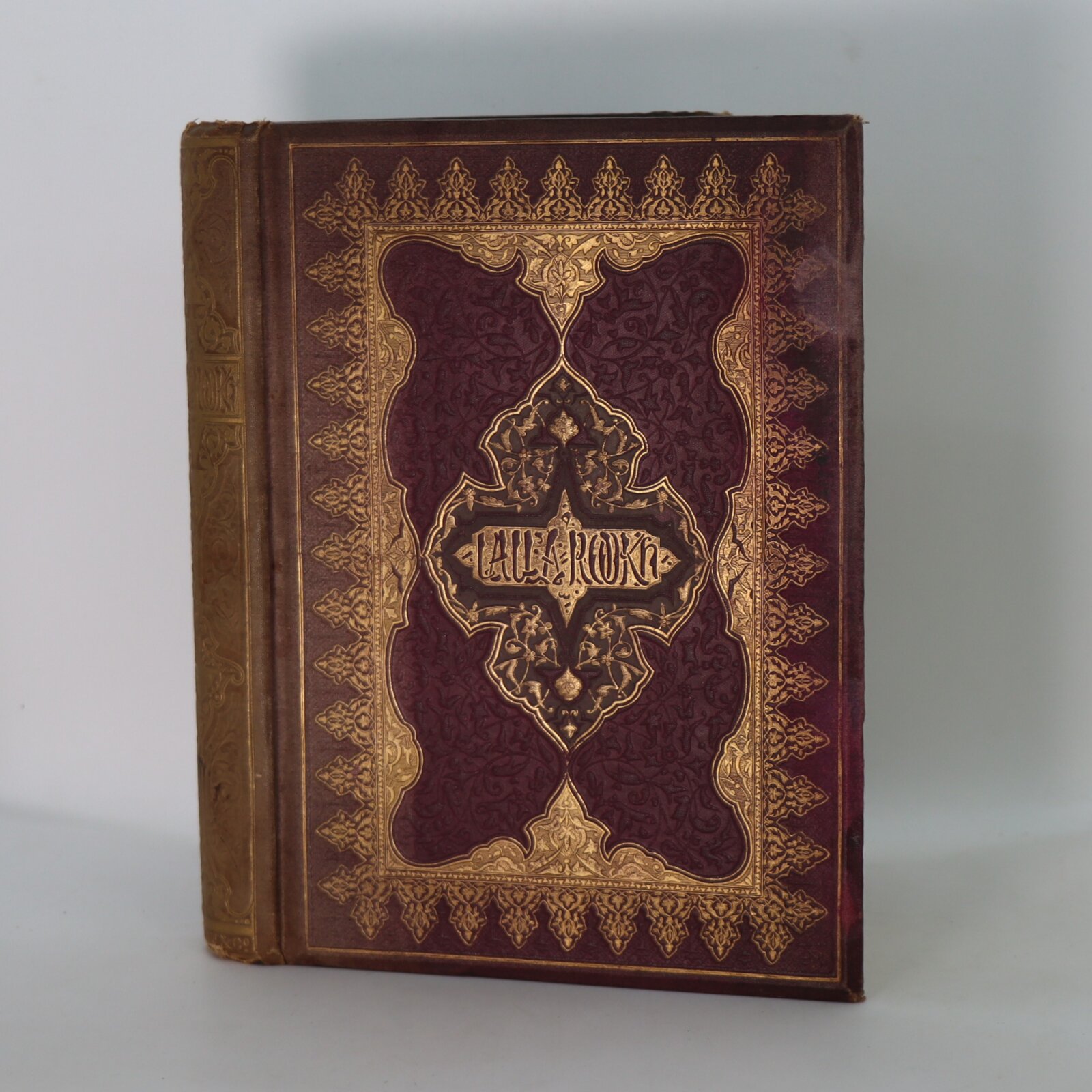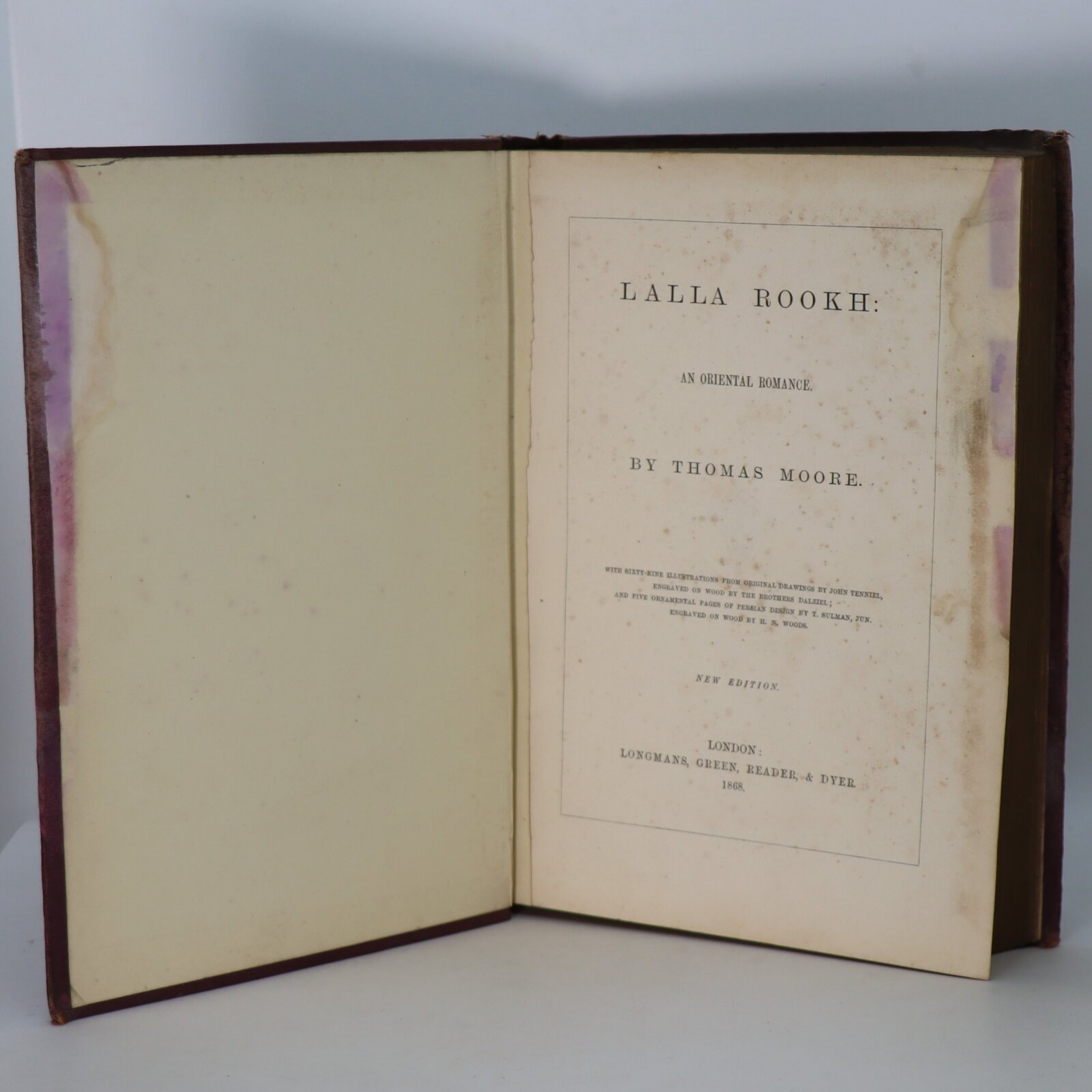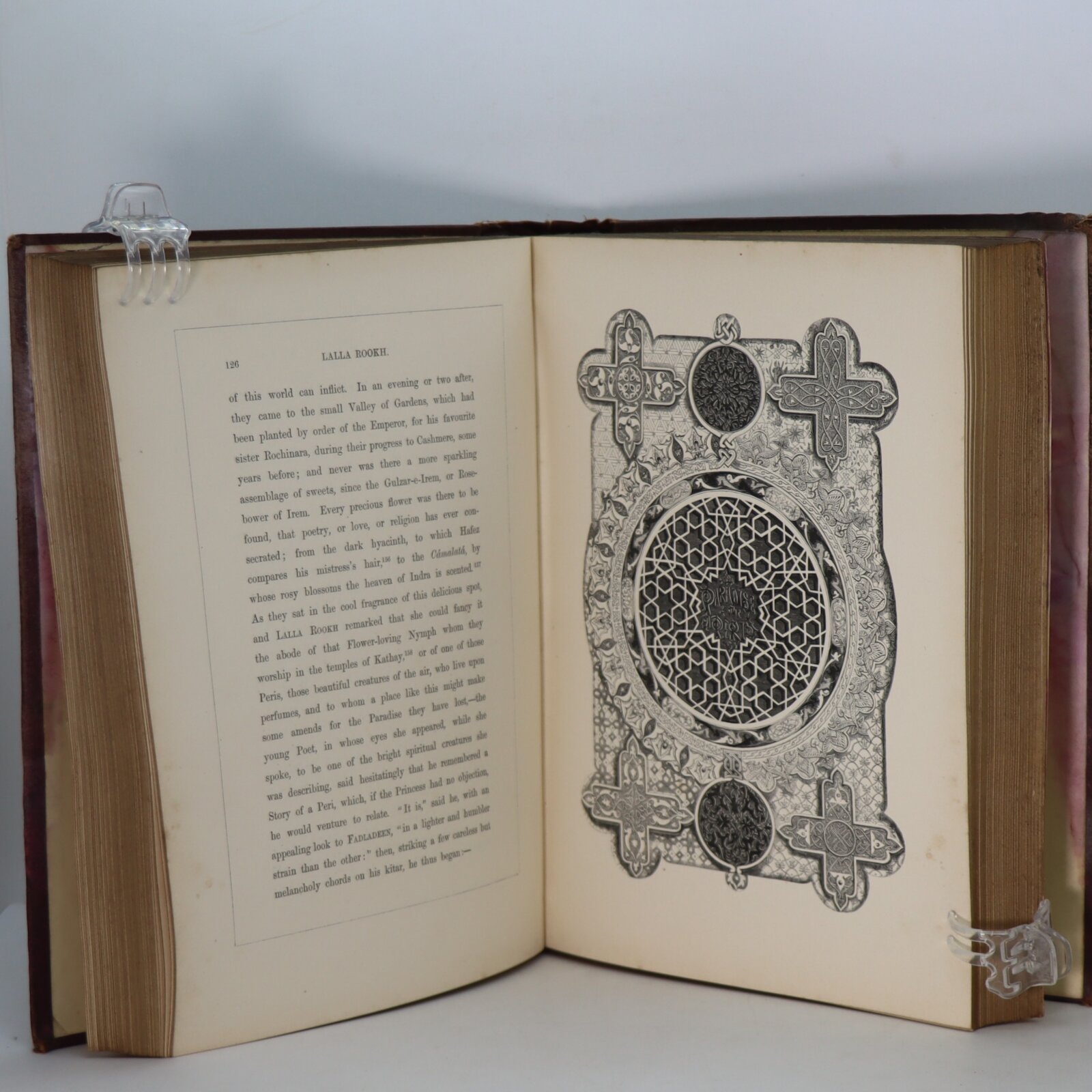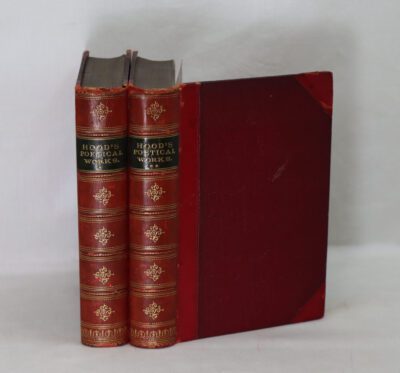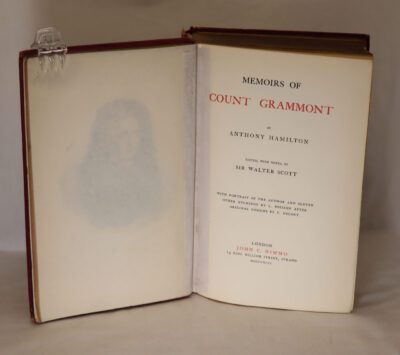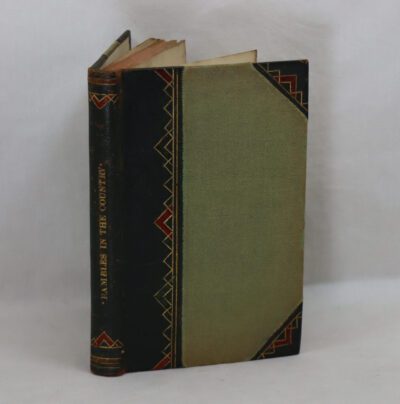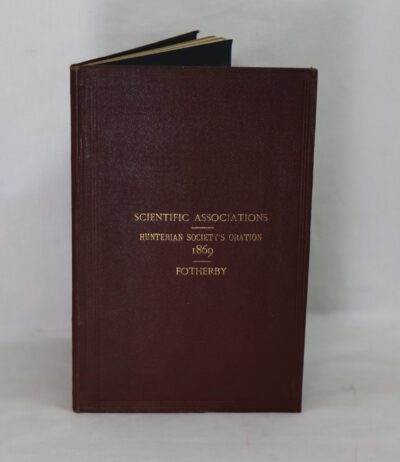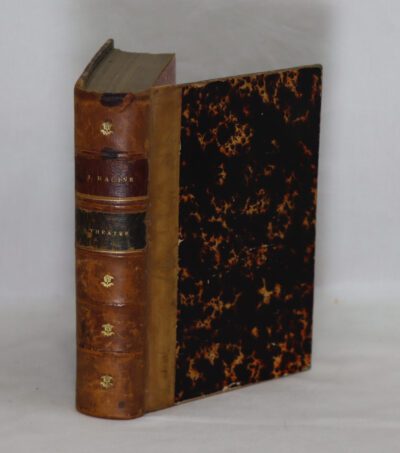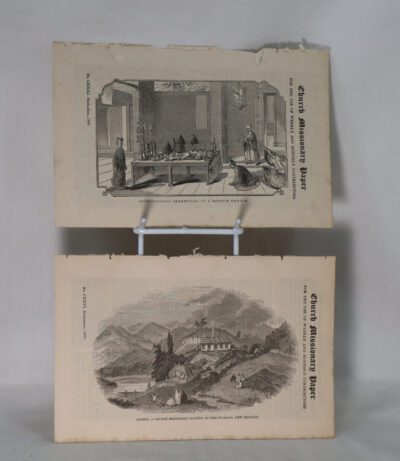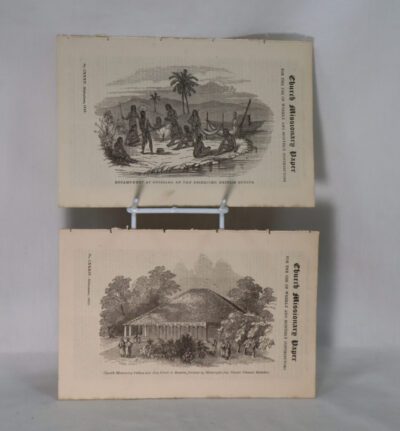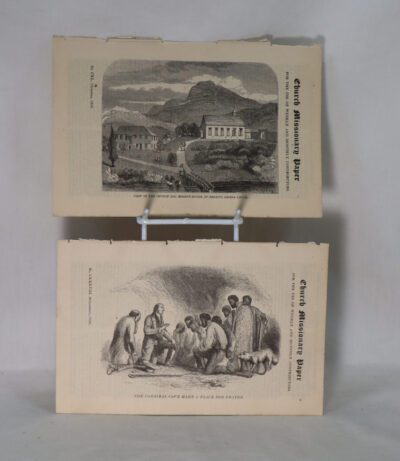Lalla Rooke.
By Thomas Moore
Printed: 1868
Publisher: Longman Green Reader & Dyer. London
| Dimensions | 19 × 24 × 4.5 cm |
|---|---|
| Language |
Language: English
Size (cminches): 19 x 24 x 4.5
Condition: Very good (See explanation of ratings)
Your items
Item information
Description
Maroon cloth binding with gilt heavily embossed pattern and title on the spine and front board. All edges gilt. Impressive binding, sadly water stained.
F.B.A. provides an in-depth photographic presentation of this item to stimulate your feeling and touch. More traditional book descriptions are immediately available
This a truly lovely book which has recently suffered water damage. That said, the signs of water damage to many merely add to the age of the book.
Lalla Rookh is an Oriental romance by Irish poet Thomas Moore, published in 1817. The title is taken from the name of the heroine of the frame tale, the (fictional) daughter of the 17th-century Mughal emperor Aurangzeb. The work consists of four narrative poems with the connecting tale in prose.
The name Lalla Rookh or Lala-Rukh is an endearment frequently used in Persian poetry.
Engaged to the young king of Bukhara, Lalla Rookh goes forth to meet him, but falls in love with Feramorz, a poet from her entourage. The bulk of the work consists of four interpolated tales sung by the poet: “The Veiled Prophet of Khorassan” (loosely based upon the story of Al-Muqanna), “Paradise and the Peri”, “The Fire-Worshippers”, and “The Light of the Harem”. When Lalla Rookh enters the palace of her bridegroom she swoons away but revives at the sound of a familiar voice. She awakes with rapture to find that the poet she loves is none other than the king to whom she is engaged.
Scholars have stated Moore, a friend of the executed Irish rebel Robert Emmet, depicts in the poem “disguised versions of the French Revolution and the Irish Rebellion of 1798, [and] condemns the former but justifies the latter”.
The poem, which earned the highest price ever thus far for a poem (£3,000), enhanced Moore’s reputation considerably at the time.
The popularity of the poem and its subsequent adaptations gave rise to many ships being named Lalla Rookh during the 19th century.
Alfred Joseph Woolmer painted “Lalla Rookh” in 1861, depicting Hinda, daughter of the Emir of Arabia, in a tower overlooking the Persian Gulf, based on the story called “The Fire-Worshippers” in the poem. It is now housed in the Leicester Museum & Art Gallery.
It is also credited with having made Kashmir (spelt Cashmere in the poem) “a household term in Anglophone societies”, conveying the idea that it was a kind of paradise (an old idea going back to Hindu and Buddhist texts in Sanskrit.
Mystic Order of Veiled Prophets of the Enchanted Realm (founded 1889), often known as “the Grotto”, a social group with membership restricted to Master Masons, and its female auxiliary, the Daughters of Mokanna (founded 1919), also take their names from Thomas Moore’s poem.
A tomb in Hassanabdal, Pakistan, dating from the Mughal Empire, is known as tomb of Princess Lalarukh. Some historians and others say that there is a woman called Lalarukh from the household of Emperor Humayun buried here after dying on a journey from Kashmir, while others claim that she was the daughter of Emperor Aurangzeb. The tomb was first recorded as the Tomb of Lady Lalarukh in 1905, which historians suggest was derived from Moore’s popular work and named by British officers in the time of British India.
In George Eliot’s 1871/1872 novel Middlemarch, it is said of the character Rosamond Vincy, “Her favourite poem was ‘Lalla Rookh'” (Chapter 16).
Condition notes
Want to know more about this item?

Related products
Share this Page with a friend

